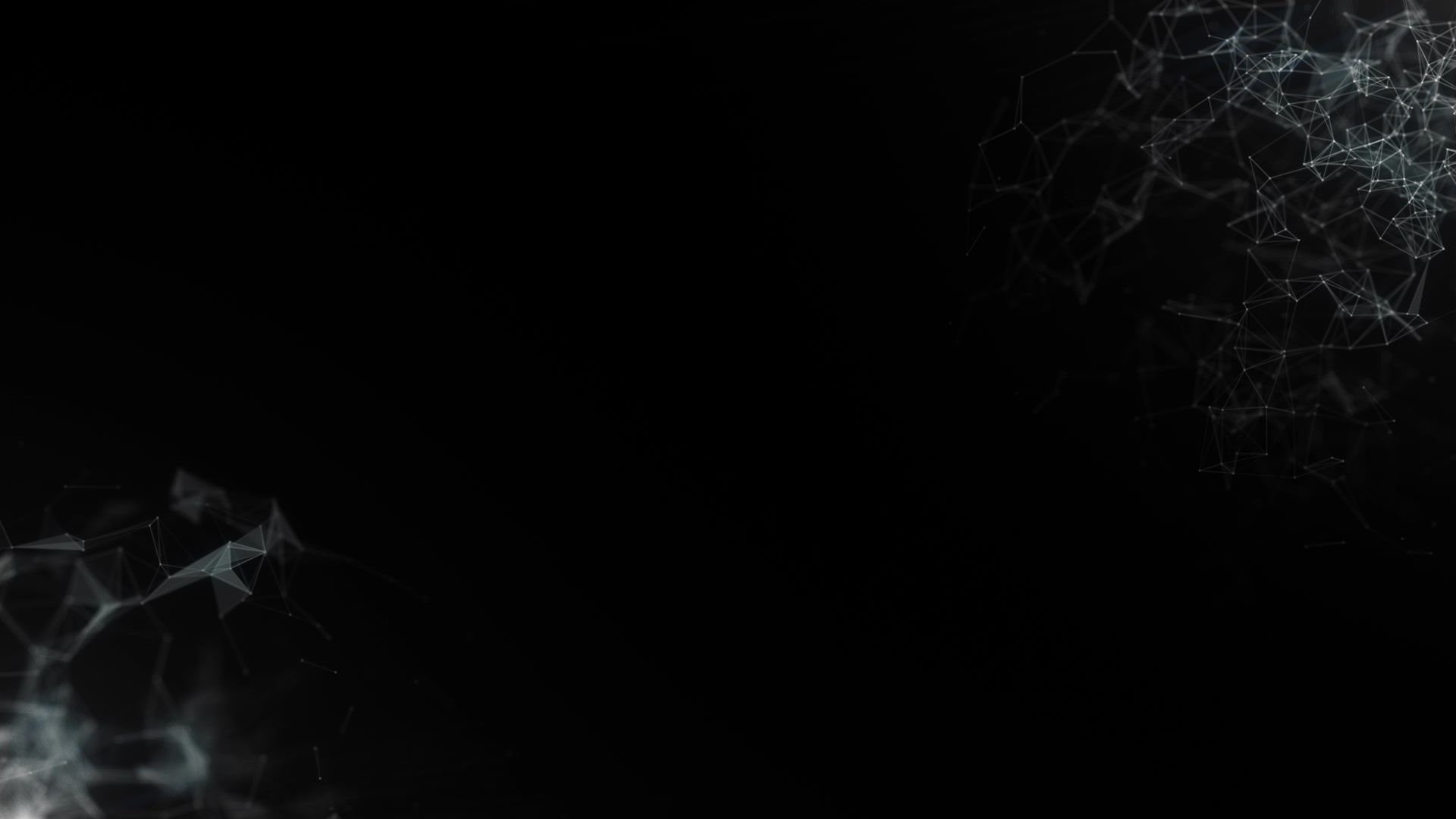Who Speaks for Earth? – Cosmos Episode 13
- Alberto Pisabarro

- Jul 17
- 3 min read

The final episode of Cosmos is a plea. A message that's both urgent, poetic, and rational. In "Who Speaks for the Earth?", Carl Sagan puts everything into perspective: science, civilization, history... and the danger of self-destruction.
It's a meditation on responsibility. A call to protect life on the only known planet that harbors it.
A cautionary tale
Sagan reviews the critical moments of the 20th century: the arms race, the nuclear threat, ideological fanaticism. He reminds us that scientific knowledge, without moral wisdom, can destroy us.
But it doesn't stop at condemnation: it also points out the paths toward cooperation, education, and planetary awareness.
The Earth from afar
The episode includes one of the most famous moments of the entire series: the reflection on the “pale blue speck”—the image of Earth taken by the Voyager probe from more than 6 billion kilometers away.
There, floating in a ray of sunlight, is everything we know: our wars, our loves, our religions, our cultures. A fragile point in the immensity.
That point, says Sagan, should unite us. Because we have no other home.
Below are several options for what may be one of the most revealing videos anyone will ever see. The last one is the highest quality, although I love the other two because they're accompanied by the main theme from Cosmos.
It's been more than 35 years since Carl Sagan gave voice to this image: a small blue dot suspended in a sunbeam. And yet, we still need to hear what he told us. In that "pale blue dot" is everything we love, everything we have ever been. His message wasn't just scientific; it was profoundly human: a call to humility, to compassion, to care for this only home we have. I've seen it a thousand times, but it still makes me cry. Because we haven't fully learned yet... but we still have time.
Science with conscience
Far from being a pessimistic episode, it is profoundly human. Sagan reminds us that we have the capacity to change, to learn from our mistakes, to build a better future.
Science, properly guided, is not just a tool of discovery: it is also a moral light.
Interesting curiosities
The Fermi paradox is discussed: where is everyone?
The unstable balance of nuclear power in the 20th century is analyzed.
Sagan mentions the role of education as a tool for transformation.
The image of the “pale blue speck” becomes a symbol of planetary thinking.

Key themes of the episode:
The threat of technological destruction.
The vision of the Earth as a common home.
The power of science for good and evil.
The need for global cooperation.
The legacy of humanity in the cosmos.
Final reflection
“Who Speaks for Earth?” is the perfect epilogue to Cosmos . Sagan doesn’t give us easy answers, but he does give us a direction: to care for life, to seek the truth, to protect our world.
Because in such a vast and cold universe, the Earth is warm, rare, and precious. And even though we are small, we are also capable of understanding the cosmos. This gives us a responsibility we cannot shirk.
To speak for the Earth, says Sagan, is to speak for life.
So far, Cosmos. After twelve weeks traveling through stars, atoms, and profound questions, we reach the end of the road with Cosmos , the work of Carl Sagan. It has been a tremendous pleasure to dedicate a weekly entry to him, unpacking his ideas, dwelling on his metaphors, and sharing what still resonates today, more than 40 years later.
Watching this series is not only a scientific experience, but also an emotional one. It's about being touched by the immensity, by the humility that comes from knowing you're part of something so vast and ancient. And at the same time, it's about recognizing the fragility and value of what we have here, on this little blue dot.
Cosmos doesn't end with its final episode. It floats in questions, in intuitions, in a way of looking at the world with curiosity and responsibility. As Sagan said, "We are the means by which the cosmos knows itself." May we never stop looking up... and inward.

Thanks Carl.





Comments